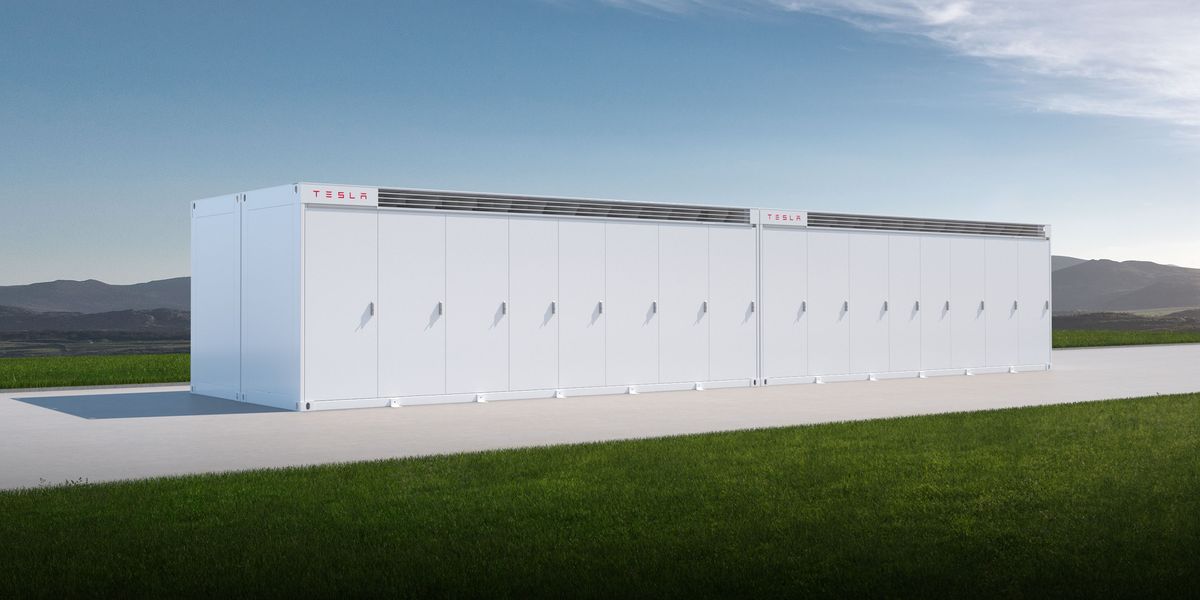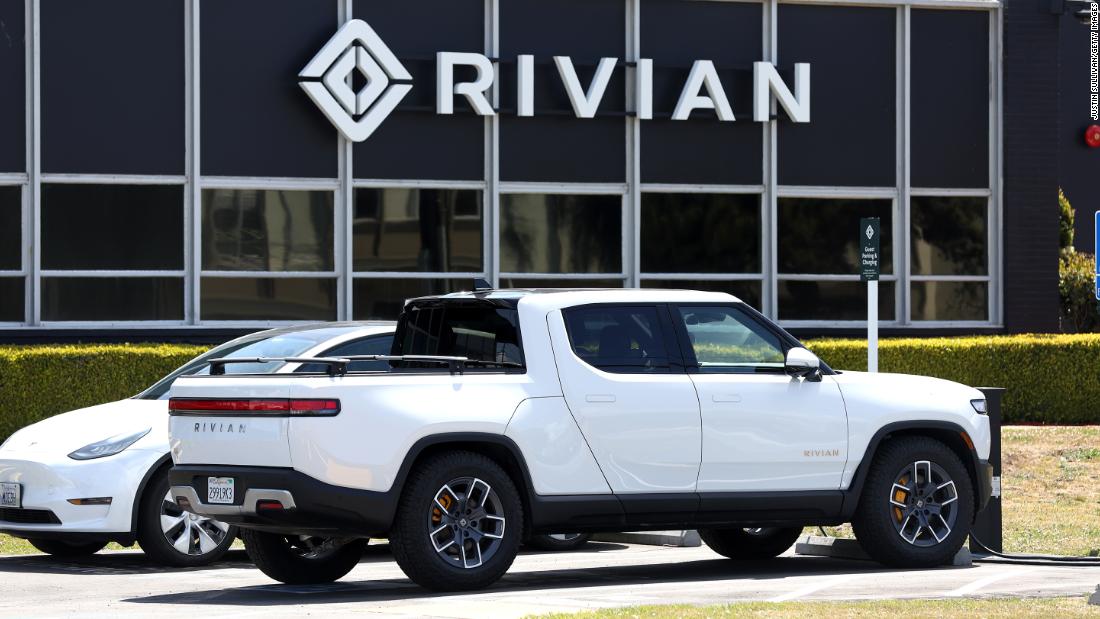A 40-ton truck moving through a city at 30 mph that has to brake to a complete stop and the accelerate back up to 30 mph burns through a theoretical minimum of 1 kWh of energy every time, because that’s the kinetic energy of 40 tons at 30 mph. In reality, the powertrain could not accelerate the truck with 100% efficiency. An efficient battery truck like the Tesla Semi could accelerate with 90% efficiency and regen brake with maybe 85% recovery efficiency.
The diesel truck accelerates with 40% efficiency and brakes with 0% recovery.
Tesla: 0.9 * 0.85 = ~76% efficiency
—> 1 kWh * 24% loss = 0.24 kWh of energy used per cycle
Diesel: 1 kWh / 0.4 =
2.5 kWh of energy used per cycle
Order of magnitude efficiency difference!
A US gallon of diesel has 40.7 kWh of chemical energy and costs $5, which is $0.12/kWh, about the same as typical retail electricity prices.
In a day, a short-haul regional delivery truck might do on the order of 100 such stop-start cycles. The diesel truck would burn $0.12/kWh * 2.5 kWh * 100 = $30/day on energy costs for stopping and starting whereas the Tesla would burn just $3. That’s $10k saved per year just on fuel just for starting and stopping 100 times per day!!!
For a truck with a more extreme urban route with 1000 stops per day (roughly one every minute with about 16 hours of driving), the benefit of a good electric powertrain is $100k per year.
This isn’t even accounting for brake wear and tear expenses either, nor for the externalized environmental and health costs of the brake dust, noise, and toxic smoke being emitted in populated areas.
This is the primary reason why battery-electric passenger busses are currently much more popular than electric trucks.





